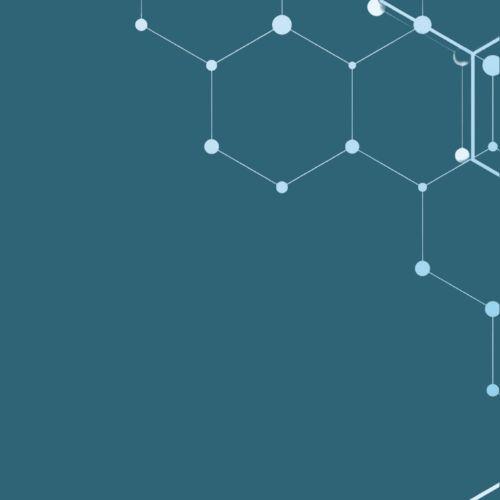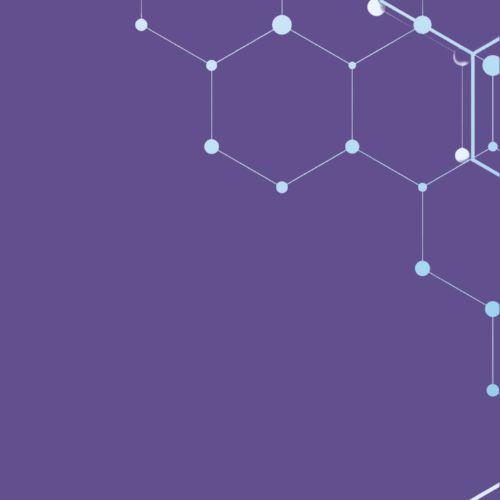
We built a complete solution from technology to…
We built a complete solution from technology to policy. Our team of lawyers, IG professionals, and Chambers-ranked consultants understand your needs to customize a solution to execute, maintain, and strengthen your program.

We partner with law firms, corporations, and government…
We partner with law firms, corporations, and government agencies to provide personalized workflows to manage their data and review needs throughout the EDRM and litigation lifecycle.

Our Chamber's-ranked expert consultants are attorneys with Fortune…
Our Chamber's-ranked expert consultants are attorneys with Fortune 100 and AMLAW 100 backgrounds. They advise clients in all areas of legal technology and processes, guiding their data management, eDiscovery, and process refinement journeys.

Our data privacy services deliver strategic guidance and…
Our data privacy services deliver strategic guidance and operational best practices for clients to build their own privacy programs and data governance models.

We believe the right people working in the…
We believe the right people working in the right roles facilitate growth and changes lives for both parties. We source talent with highly specific skill sets and provide both our clients and our top-notch talent with a unique and personalized experience.

Our software empowers your teams to build customized…
Our software empowers your teams to build customized workflows that accomplish your goals. By integrating industry-leading applications into each project, led by the expertise of our technology specialists, our clients know they have everything they need for the matter at hand.

We’ve assembled an extraordinary team of industry leaders to deliver solutions to drive your success. We provide value with our consultative approach to choosing the right technology, process, and people to manage data complexities. From creation to deletion, you’ll be confident that your data is understood, secure, and working in your favor.